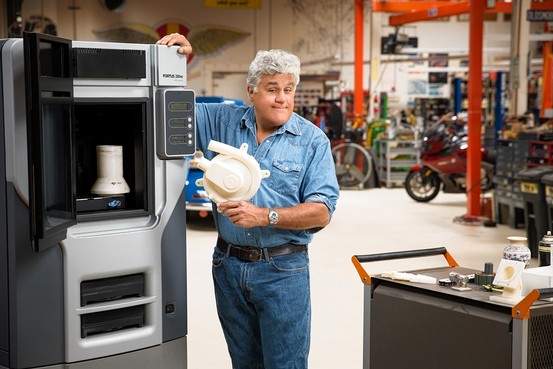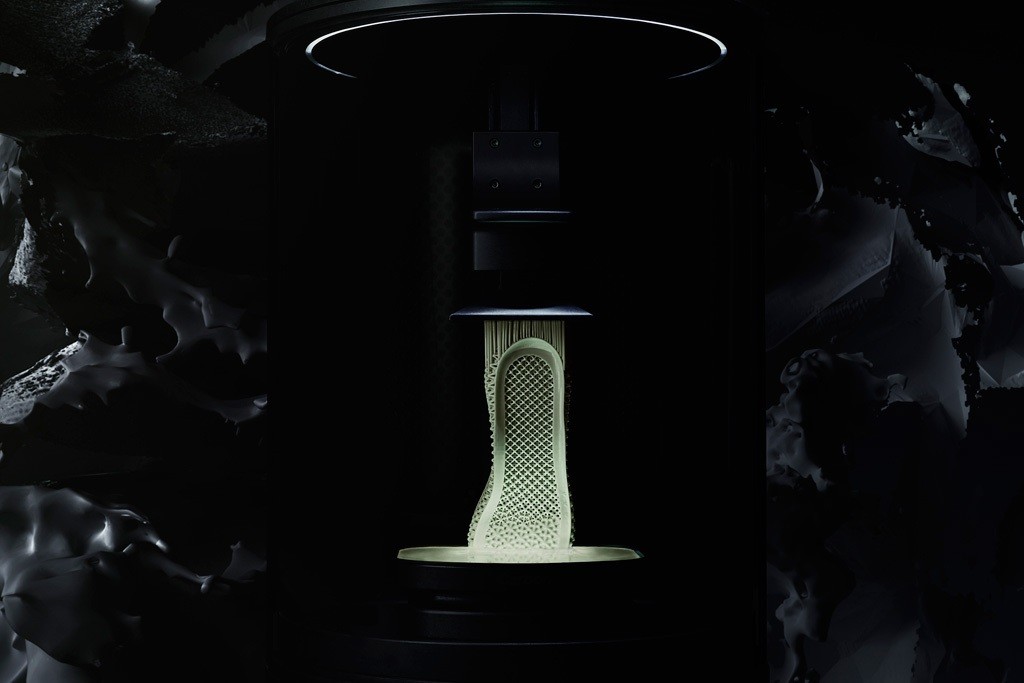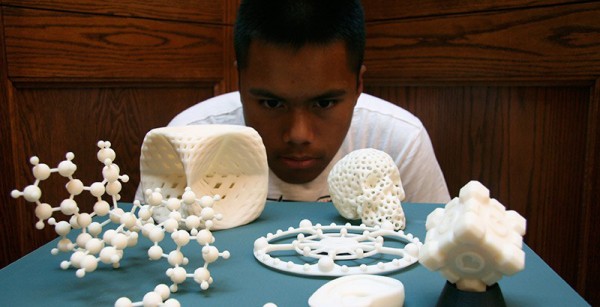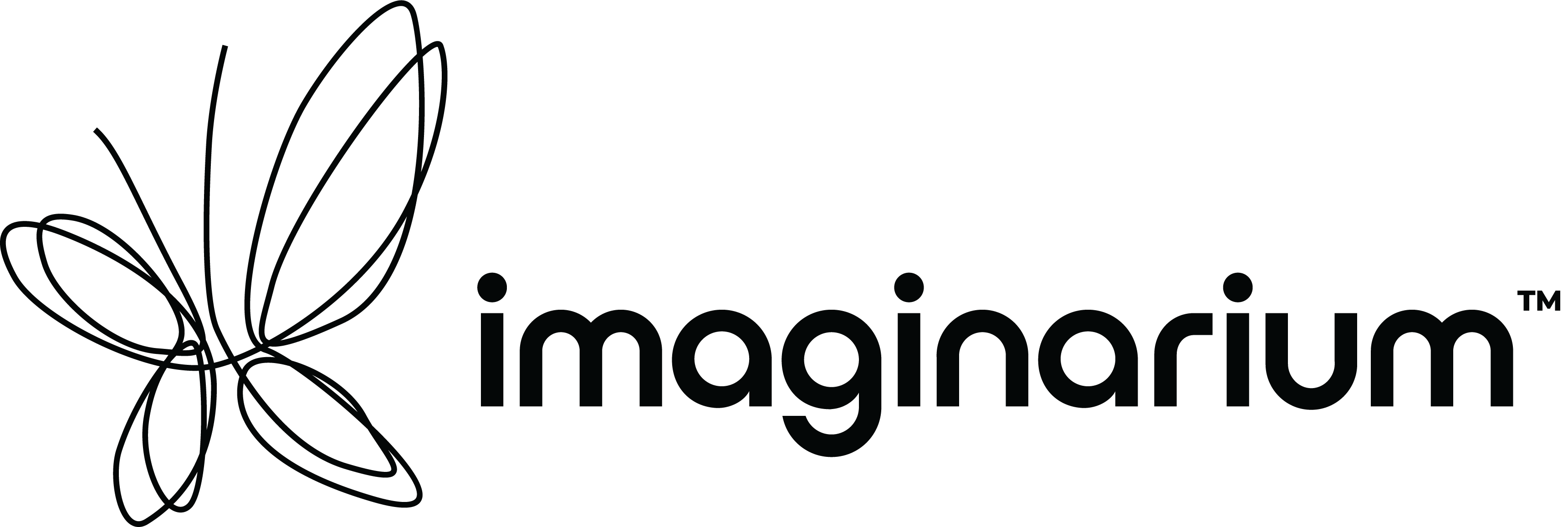3D printing is no longer a technology of the future, current advancements has 3D printing gaining massive popularity and seeing a growing rate of adoption amongst businesses. But what does 3D printing have in store for us, the end consumers?
3D printing is a revolutionary form of advanced manufacturing, where solid objects are ‘printed’ by specialised machines using digital designs as input. It is no longer a technology of the future, current advancements in the technology has 3D printing gaining massive popularity and being recognized for its enormous potential. An increasing number of businesses have already adopted this technology, thanks to decreasing cost of machines and increasing speeds. But what does 3D printing have in store for us, the end consumers?
Let’s take a look:
In House Manufacturing
Portable 3D printers, which have already found their way into the market, will be commonplace in all households in the future. Right now, the applications of desktop 3D printers are limited to hobbyists looking to have some fun with the technology or designers seeking a quick prototype of their ideas, but this is starting to change. Years from now, consumers won’t need to head out to a superstore to buy everyday products. Thanks to a growing support for a variety of ‘printable’ materials, objects like coffee mugs, dishes, jewellery, decor furniture and possibly even food and designer clothing will be printed right within the confines of home. A popular notion within the industry is the golf ball rule: any object can fit inside a golf ball will be 3D printed by consumers in the future.

Celebrity Jay Leno is known for 3D printing his own auto spare parts.
Support for retail products can also be taken care of in-house. If a part that is broken or defunct needs to be replaced, all you would need to do is log in to the manufacturer’s website, pay for and download the digital blueprint for the part and immediately 3D print it.
Mass customization
One of the foremost benefits of this technology is the concept of mass customization, the ability to personalize products that are being mass produced, as per the needs of every individual. 3D printing is the future of the retail market – customized products based upon specifications provided by the consumer. Imagine being able to purchase a pair of latest earphones online, personalize it to your exact specifications and size, have it 3D printed and dropped off right at your doorstep.

Adidas is 3D printing midsoles
And not just the future, this is also happening right now. Adidas, the global giant in footwear has announced an entire new line of shoes – the FutureCraft 4D – that will have customizable, 3D printed midsoles. Production is already underway, Adidas aims to mass produce 100,000 pairs of FutureCraft 4D by 2018!
Rapid Innovation
3D printing technology is proving to be a huge boost for new designs and innovations, being the perfect tool for rapid prototyping. With 3D printing, complex designs come at no extra cost. Industries like jewellery, automotive, white goods and FMCG have already been able to capitalize on these benefits. Designs that previously took years to make it to the market are now being realized in a matter of months, providing consumers with a large number of options to choose a products that best fits their needs.
3D printing is also enabling makers, tinkers and aspiring designers to quickly bring their ideas to life, while making failure affordable and acceptable rather than a negative outcome to be feared. As this technology becomes more and more accessible, innovations and advancements will continue to pick up pace.
Reduction In Carbon Footprint
Fundamentally a form of additive manufacturing, 3D printing produces minimal wastage of raw materials and hence, is very eco friendly. In fact, 3D printing has been known to bring down wastage to as low as 10% of the raw input, a huge mark down from traditional subtractive manufacturing methods. 3D printing makes inventory-less manufacturing possible; businesses don’t need to keep ready made products at hand, but can rather print them quickly as per the current demand.
This not only negates the need for stockpiling, but also greatly reduces the carbon footprint of industries.Other ways how 3D printing benefits the environment may not be so direct, but are equally important. Localized manufacturing would imply a massive reduction in transportation of stock around the globe, further reducing the carbon emissions. Apart from being low on wastage, the technology also helps in creating lightweight products that are just as sturdy, implying less usage of raw material for the same end product.
Better Healthcare & Interactive Education
The medical fraternity has touted 3D printing as a revolution in patient specific treatment. The technology assists doctors to create implants and prosthetics that are customized for every patient. 3D printed anatomical models and surgical guides have further reduced the risk of complications that can occur in complex surgeries, making the whole process safer. 3D bioprinting, a cutting edge technology of recent years, has made it possible to print living tissue and functional organs! The day when your heart, kidneys and other organs can immediately be printed for transplant is not very far.
Within the education sector, 3D printing has the potential to help students understand scientific and mathematical concepts better; a teacher can print a 3D model of an atom or the insides of the human brain in a matter of minutes for his students. Engineers can prototype their final year project and quickly reiterate parameters.

Right now, the learning curve with 3D printing is relatively high and tech is in its nascent stages for end consumers, just like computers in late 90s. With rapidly improving processes and the concerted efforts to build easy to use design software, 3D printing will truly change the way we consume day to day products and in effect, our very lives.
This article was originally published on TechRadar India by Tanmay Shah, Imaginarium.
